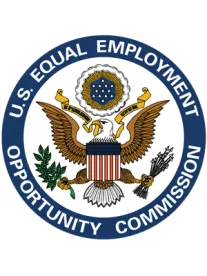As previously discussed, AARP has filed suit against the EEOC and challenged the agency’s wellness regulations. On December 29, 2016, this challenge suffered a setback. In the December 29, 2016 Memorandum Opinion, U.S. District Judge John D. Bates denied AARP’s request for preliminary injunction and held that the regulations would take effect on January 1, 2017. The Court based this ruling on its determination that AARP members had failed to show that any potential disclosure of health information was likely to cause them irreparable harm. Furthermore, the members’ claim that they would be harmed by the higher premiums is an economic harm, which a member could recover through monetary damages, and does not constitute irreparable harm. As a result, the Court found that AARP had not established that its members would suffer irreparable harm if the rules took effect as planned.
The Court further found, based on the limited administrative record before it and the amount of deference owed to the EEOC, that AARP had failed to demonstrate that it was likely to succeed on the merits. However, the Court clearly stated that this determination was limited to the preliminary injunction analysis and that the Court was not “concluding that the agency has shown a substantial likelihood of success.” See Memorandum Opinion at 26. The Court acknowledged that a thorough review of the administrative record was necessary to determine the outcome of this case.
Finally, the Court found that the public interest weighed against an injunction because blocking the rules on the eve of the effective date would cause “considerable disruption” for employers who have been working to ensure that their wellness programs were compliant with the EEOC’s rules.
This ruling comes as a relief to most employers who have already drafted their wellness programs to comply with the EEOC’s rules under the American with Disabilities Act (“ADA”) and the Genetic Information Nondiscrimination Act (“GINA”). For the time being, it is business as usual for employers with wellness programs. However, this issue is not resolved and employers should stay tuned for more.




 />i
/>i

